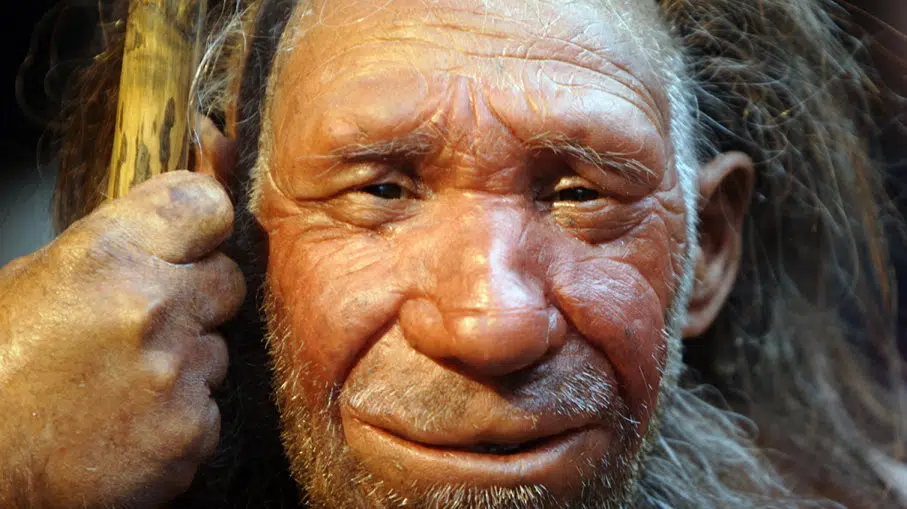
The first Canadians
WE ARRIVED IN NORTH AMERICA, in what is now Canada, 16,000 years ago. Within a few thousand years, three quarters of the continent’s large animals were gone.
By “we,” I don’t mean we European colonizers, I mean we Homo sapiens.
There were no Indigenous people when we arrived. Not like 70,000 years ago when we came to Europe from Africa. Then, the Indigenous people of Europe were the Neanderthals. We probably treated them much in the way that Europeans treated the Indigenous people of North America: as savages.
Am I equating Indigenous people of North America to the Indigenous people of Europe? Yes. We are all humans, says Yuval Noah Harari in his book Sapiens:


